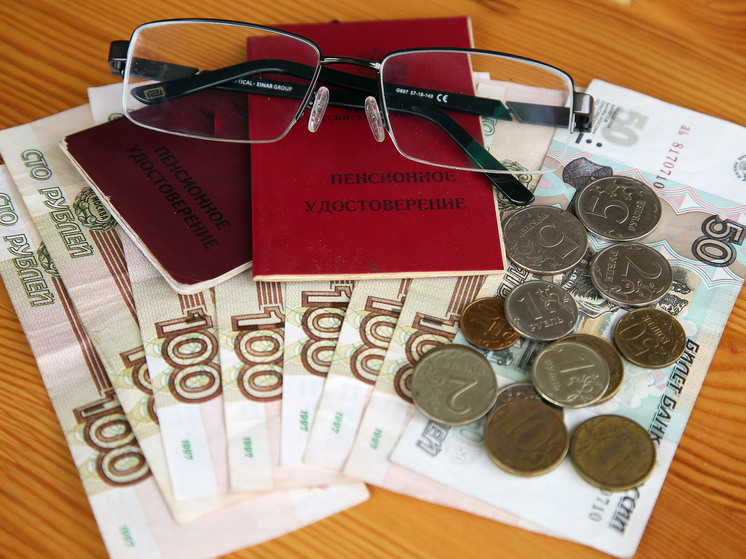Expert discusses the pension gap between working and non-working pensioners.

According to the Social Fund, as of April 1st, the average pension for working retirees was 21,080 rubles, a modest increase of 250 rubles compared to the same period in 2024. While this small rise won`t significantly impact their income or living standards, the mere fact that working pensions are increasing after an eight-year freeze is a source of optimism for these individuals.
This isn`t the only positive development for working pensioners. An additional recalculation of payments is expected in August. The Social Fund will factor in pension points accumulated over the preceding 12 months, leading to another increase in payments for working retirees.
Experts estimate this adjustment could result in an increase of about 450 rubles. Working seniors can earn up to three pension points annually, with each point valued at 145.7 rubles in 2025.
However, some statistics raise questions for working pensioners, particularly why the average pension for working men is lower than that for working women. Officially, men earn significantly more, approximately 25,000 rubles monthly, which should translate to higher insurance contributions to the Social Fund from their employers. Despite this, data for 2024 shows women`s average pensions were, on average, 220 rubles higher.
Experts offer various explanations. One theory suggests that during the difficult 1990s, men might have frequently worked informally to support their families, leading to gaps in their recorded work history that now impact their pension amounts. Conversely, women may have prioritized official employment, steadily accumulating work experience and pension points.
Another explanation relates to demographics. There are currently more female pensioners than male pensioners. Their higher numbers, rather than higher individual salaries, influence the average. Furthermore, women tend to live longer than men. When a pensioner reaches 80 (an age men reach less frequently), the fixed portion of their insurance pension doubles. As of July 1st this year, individuals aged 80 and over will see an increase of 8900 rubles.
The 220-ruble gap between average male and female pensions is expected to narrow. Eventually, men`s pensions are likely to overtake women`s due to their generally higher salaries and corresponding Social Fund contributions.
The disparity between the pensions of working and non-working retirees presents a different challenge. As of February 1st, according to the Social Fund, non-working pensioners received 2872 rubles more on average than working pensioners. A year prior, this difference favoring non-working individuals was over 5,000 rubles. However, the gap has reduced to around 3,000 rubles after working pensions were indexed in 2025 based on the annual inflation rate.
Some economists argue this gap is not problematic, stating that it aligns with principles of social justice. Working retirees receive both a pension and a salary, resulting in a total income significantly higher than the national average pension of 23,448 rubles. Some even propose indexing non-working pensions slightly more than working ones to further widen this income difference.
Expert Opinion: Mikhail Belyaev, Financial Analyst
The pension gap is a result of a historical period when people retired earlier with lower pension provisions compared to later retirees. Additionally, working pensions were frozen and not indexed from 2016. These two factors created the current lag. While both groups are now indexed equally based on inflation, the lower base for working pensioners means their payments will continue to trail slightly.
Q: What about the earned pension points? Can they bridge this gap?
Yes, working pensions are increased based on earned points starting August 1st, but there`s a limit of three points per year. Regardless of earnings or work duration, the maximum is three points. This translates to an increase of roughly 450 rubles. If someone earned just one point, the increase is around 140-150 rubles. So, while working pensions are rising, it`s happening in very small increments.
Q: Is it possible for their payments to eventually catch up to those of non-working retirees?
I think it`s possible over time, perhaps within 5-6 years. Also, remember that when someone stops working, their pension is adjusted to include all the indexations they missed between 2016 and 2024. At that point, their pension will indeed likely surpass that of a peer who was not working.











